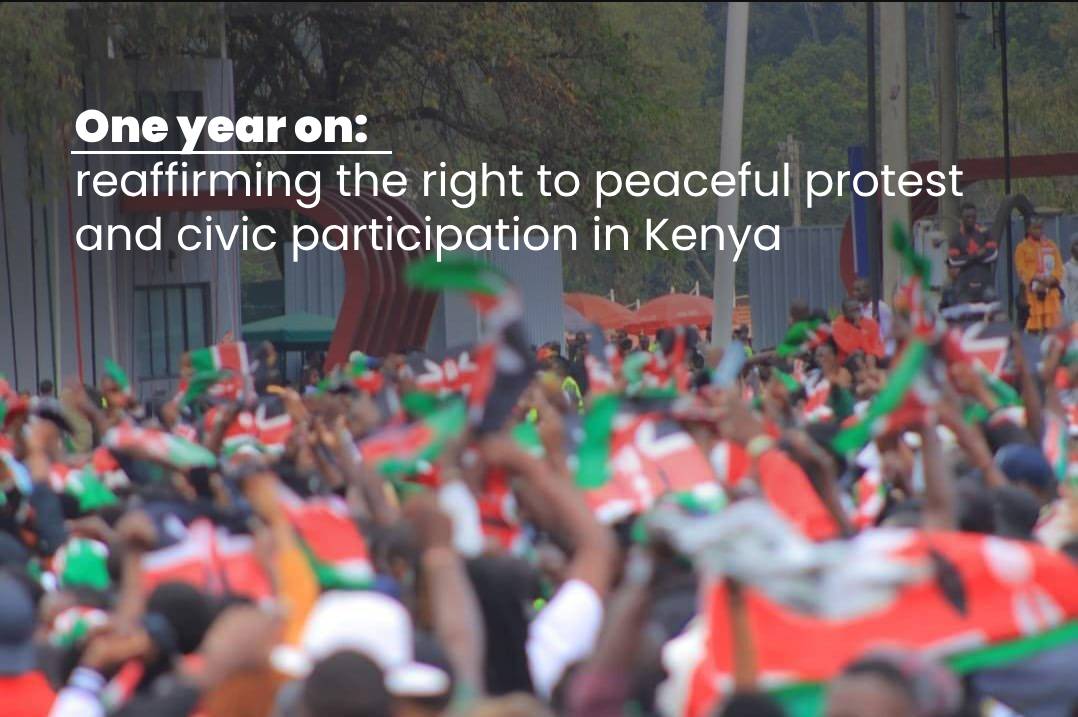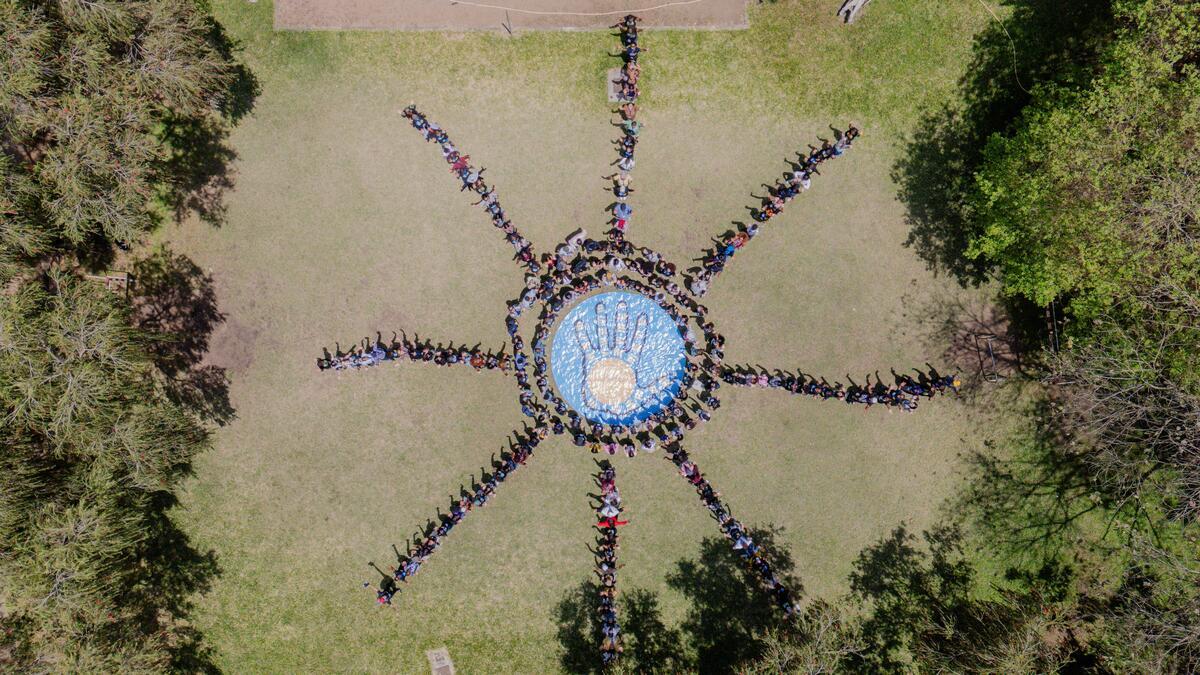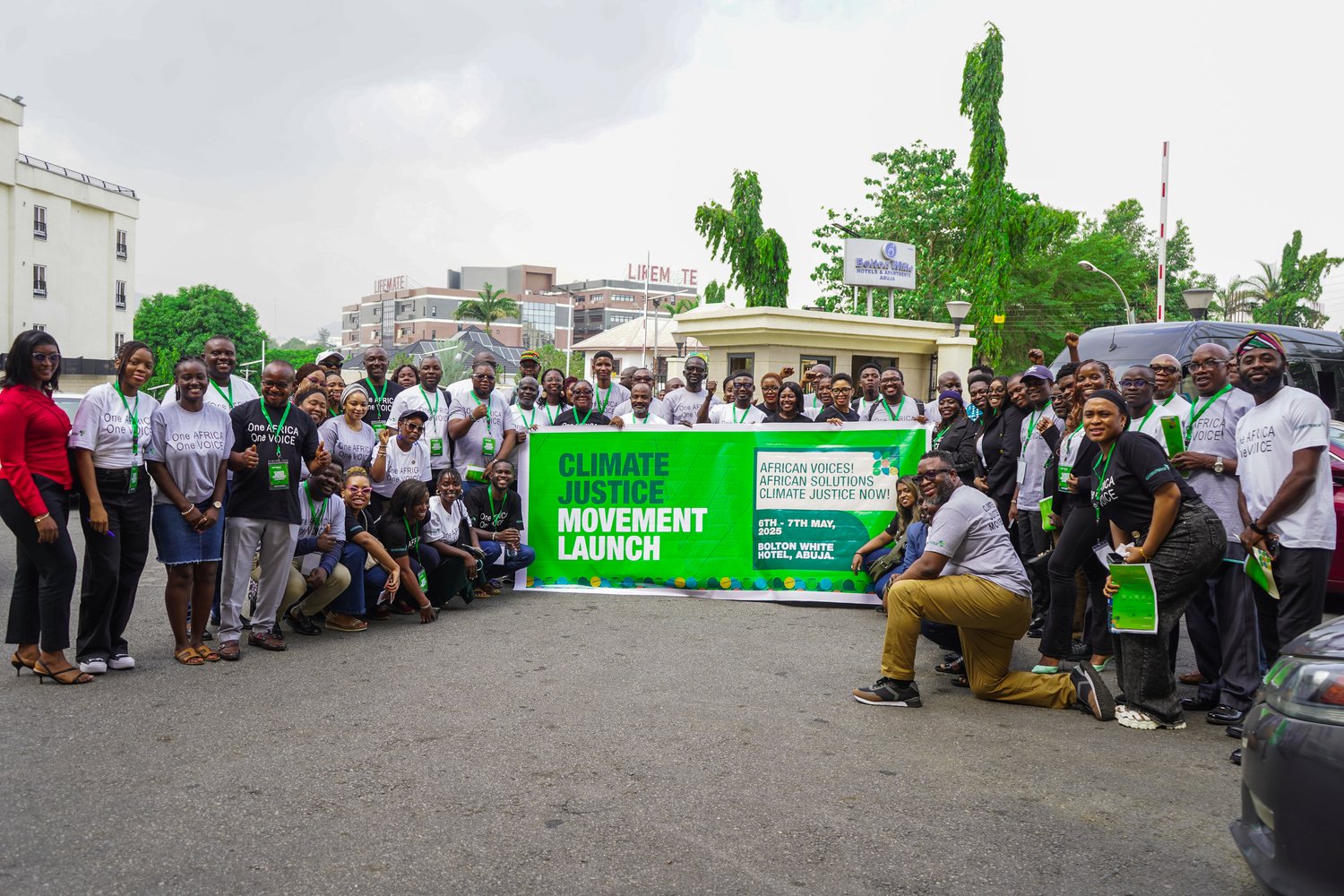Kenya ranks 94th among 121 countries according to the latest Global Hunger Index Report. This puts Kenya among the hungriest countries in the world. The number of Kenyans facing starvation has risen from 4.2 million to 6 million. However, this is not the first time Kenyans are dying of hunger associated with drought and the climate crisis. According to analysis by The Food and Agriculture Organisation (FAO), 92 million Kenyans were moderately to severely food insecure between 2014 and 2020. In the last two years, the situation has worsened due to the COVID-19 pandemic and the Russia-Ukraine war which have largely disrupted global food supply chains. The Kenya Meteorological Department says the expected long rains between March and May will be below average.
Amidst all these gloomy statistics, Kenya’s government’s knee jerk reaction has been to send relief food to the affected communities and conduct prayers worth millions of shillings for the rain. It does not take a nuclear physicist to understand that the ongoing drought and hunger is a result of the lack of long term planning to address this recurrent climate crisis. Almost 60 years post independence, Kenya is yet to move beyond famine and hunger related human casualties. The current approach – short term fixes – involving prayers and bags of maize and beans is yet to translate to any meaningful long term solution, which confirms that the real solution to recurrent food crisis lies in increasing Kenya’s agricultural productivity.
Agricultural productivity that is key to safeguarding livelihoods continues to dwindle year in, year out. In his manifesto, President Ruto promised that if elected he will prioritise transformation of the agricultural sector and raise the agricultural productivity of key value food chains such as maize and dairy. Seven months into his tenure the state of play remains grim with interventions such as providing subsidised fertilisers to farmers who lack water to grow their crops seen as a waste of time and money.
The climate crisis has led to shrinking water resources and continues to disproportionately affect communities in Kenya. Science has shown that there is very little that is natural about the drought that continues to plague some parts of Kenya. A human-made crisis requires a human-made solution. President Ruto needs to take serious climate action to protect Kenyans from the negative impacts of the climate crisis. His government must put an end to perennial food and water insecurity exacerbated by the climate crisis.
The real solution for communities affected by famine and hunger is to build long-term resilience to drought and rethink the current food system. Kenya’s food system is dominated by multinational corporations seeking to profit at the expense of farmers who are key in feeding the population. The concentration of food markets in the hands of a few big corporations; putting the interest of multinational businesses over the interest of Kenyans, has resulted in a less resilient supply chain leading to food insecurity as witnessed in the recent past. Ruto’s government must take all necessary measures and adopt stringent policies that will free Kenya’s food system from corporate capture and exploitation by big business.
Data available shows that in 2020, Kenya imported $97.8M worth of maize, becoming the 59th largest importer of maize in the world. This begs the question of whether Kenya is unable to produce enough maize for its population. Kenya must stop its dependence on imports that benefit richer nations over its people and support innovations to boost local production. The government needs to also encourage the consumption of indigenous food that is nutritious and healthy to curb the problem of overdependence on maize and wheat. This will encourage more farmers to grow these foods thus increasing their availability locally.
Fundamentally, we Kenyans are capable of feeding ourselves and even share our produce with our neighbours. What farmers lack is water for irrigation during long dry periods, proper storage facilities and good infrastructure among other challenges. Kenya should be focussing on farming practices that allow its agriculture to be resilient and provide food for its citizens all year round. The government should adopt sustainable forms of farming such as ecological farming that protect the soil, water and biodiversity and are resilient to climate shocks.
Long term planning at the policy and resource allocation levels is needed to make water accessible throughout the year. Providing inputs such as organic fertilisers, building infrastructure, diversifying and increasing productivity of crops that are drought resistant yet high in nutritional value such as millet is key. Kenya can be able to feed its people without depending on exports that are costly and kill the local agricultural productivity.
Politics aside, Kenya’s leaders need to put the needs of Kenyans first. National and county governments need to work together to provide food and adequate water during dry periods in order to protect livelihoods for communities majorly affected by famine and drought. The government should also ensure that farmers have access to correct and timely information on the weather patterns, efficient storage facilities to counter food loss, access to markets and access to indigenous seeds that are well adapted to the local climatic conditions.
By Hellen Dena
Communication and Story Manager
Originally published in the Business Daily



